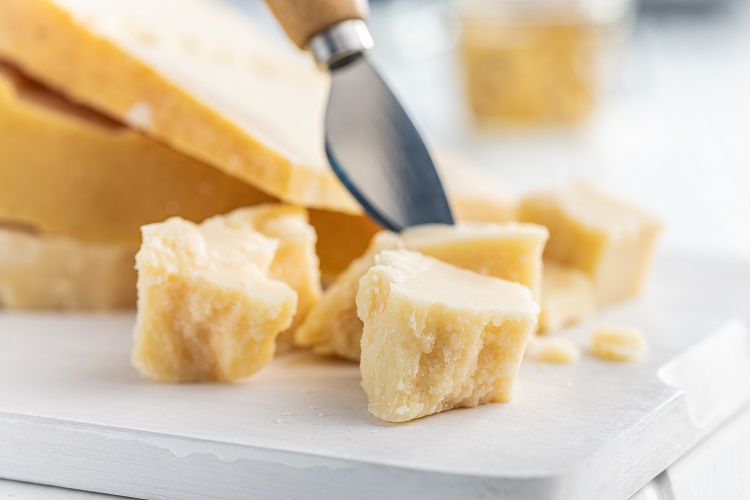
The European Union Designation of origin of the productThe system is designed to preserve the history of certain foods and regulate production methods. Champagne and prosciutto di Parma are two of the best-known examples.
Parmigiano-Reggiano and Comte are just two of the many cheeses that have PDOs. Europe is home to a wide variety of cheeses, and they all have to be made in their respective regions. France has 51 products that carry the PDO label.
These dairy products will be affected by bacteria, yeasts and molds introduced to them by the milk source and the fermentation process. The microbes in these cheeses enrich the microbiota inside the consumers' guts.
The microbiota of many PDO cheeses is extremely diverse due to regional variation. In a new journal article, ISME Communications published a study that analyzed more than 2,000 microbiotas of French PDO cheeses. The samples were collected by 386 cheesemakers and farmers across France.
What is the diversity of the microbiota in cheeses protected by the PDO?
This study examined 2,702 pits and rinds of 44 French cheeses protected by the PDO in 2017, as well as information on their production conditions.
Researchers found 820 bacterial species in the cheese and 1,230 species of bacteria in its milk source.
These 10 species are well-known cheese colonizers. These species represented less than half of the bacterial communities of cheese rinds and cores (except for PLCF or lactic bloomy rind cheeses).
Various cheeses had greater diversity. The cheese families with the most diverse bacterial populations were soft bloomy cheeses, soft water-washed cheeses, cooked hard cheeses, and uncooked, pressed, or semi-hard cheeses. Soft washed and soft bloomy cheeses had the richest bacterial cores.
Less than 40 percent of milk samples contained all 12 dominant fungal and bacterial species.
The researchers found that there were no common microbial strains in the sampled cheeses (the criterion for this was if they represented at least 0.1 % and appeared in 90 % of the samples) after analyzing the bacteria.
What is the impact of regional variations on these microbiotas?
The term terroir, which was originally used for wine, refers to the local environmental factors that influence a particular cheese, such as its climate, soil, rainfall, and other human activities.
There has long been debate over whether terroir is an important category for cheese. The study sought to confirm or deny its relevance.

According to the study, the main driver of cheese microbiodiversity was the type of milk. The next two most important factors were the origin of the cheese and its topography.
Within a farm, key variables included dairy breeds, bedding types, pasture types, and udder hygiene (for example, goats not being cleaned before milking contributed). These factors had a greater impact on bacterial communities than fungi.
PDO is a key factor in microbial differentiation. In the core of the cheese, it explained 61.9 % of the variance in richness as well as 60.2 % of the variance in beta diversity. It explained 63.5 % of the variance in cheese rind richness. The production method and technology used in cheese making were also important factors. PDOs from the same family but originating from different regions share some microbiological types.
ISME Communications
A comprehensive, large-scale study of the microbiota of “local cheese” and milk revealed profiles strongly influenced by geographic factors and human influences.
Published on: July 11, 2024
Doi: https://doi.org/10.1093/ismeco/ycae095
Authors: F. Irlinger, M. Mariadassou, E. Dugat-Bony, O. Rue, C. Neuveglise, P. Renault, E. Rifa, S. Theil, V. Loux, C. Cruaud, F. Gavory, V. Beard, . Lasbleiz, F. Gaucheron, C. Spelle, C. Delbes
